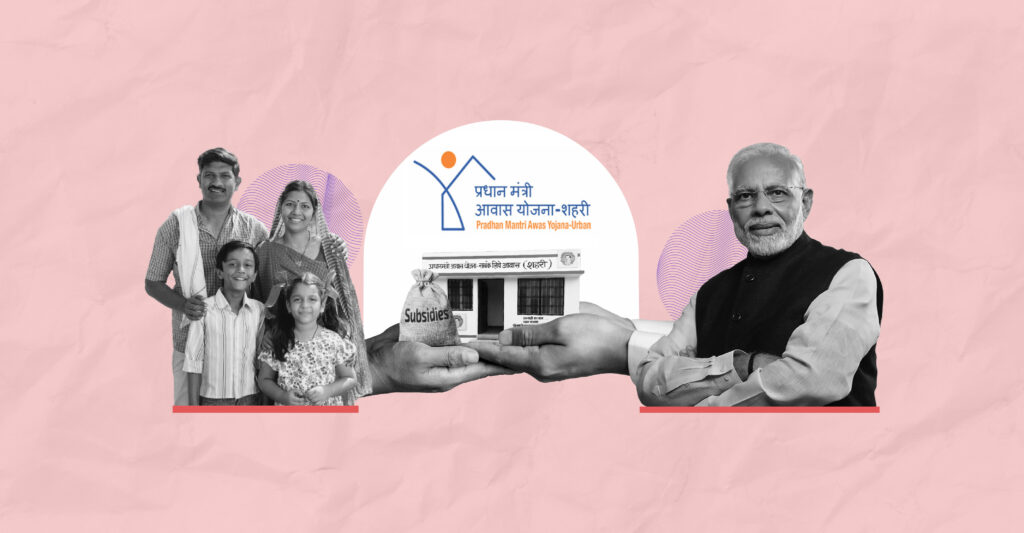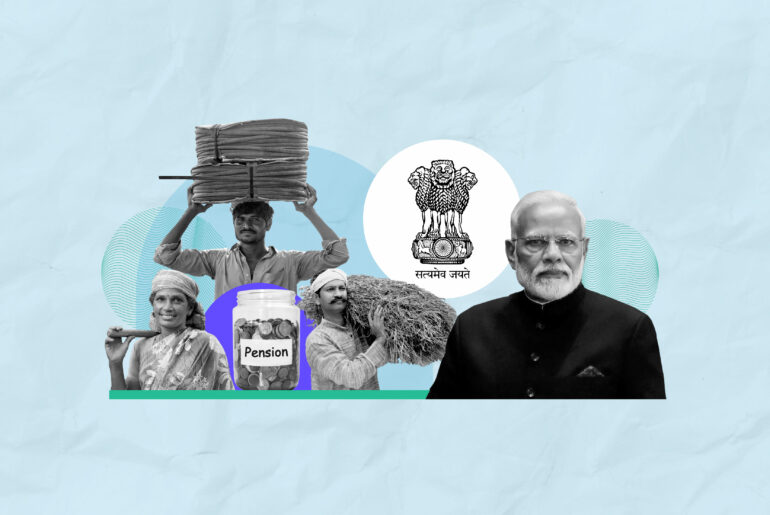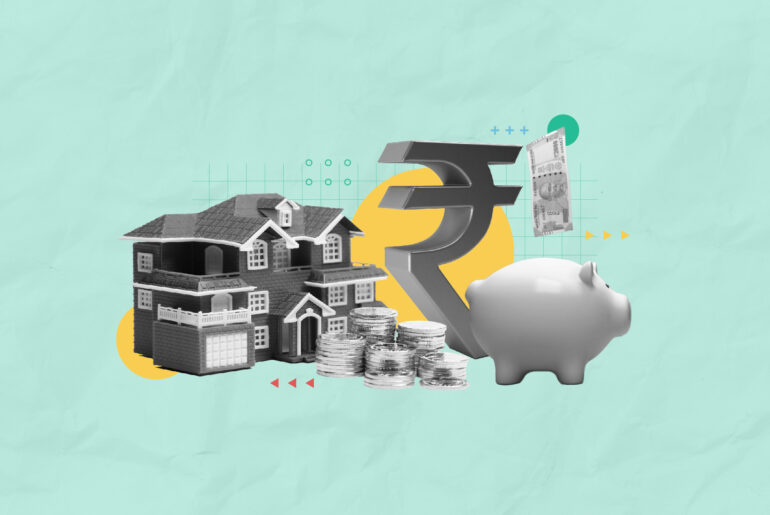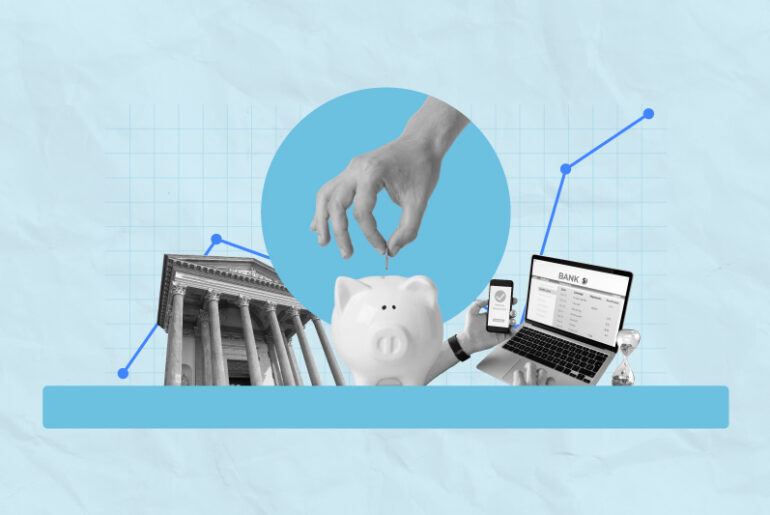Last Updated on Jun 16, 2022 by Aradhana Gotur
The Government of India launched Pradhan Mantri Awas Yojana (PMAY) to facilitate affordable housing for all by 2022. The scheme has two sections catering to the rural and urban areas of India. Eligible beneficiaries get direct an interest subsidy, reducing their home loan EMIs. In this article, let us look at PMAY in detail, covering its features, eligibility criteria, the application process, tracking process, and FAQs.
Table of Contents
What is Pradhan Mantri Awas Yojana (PMAY)
Launched on 25 June 2008 and implemented by the Ministry of Housing and Urban Affairs (MoHUA), Pradhan Mantri Awas Yojana (PMAY) is a flagship housing mission of the Government of India. The scheme aims to make a pucca house available for every urban household falling under the categories of Economically Weaker Section/Lower Income Group and Middle Income Group, including the residents of slums, by the year 2022.
What are the components of PMAY?
Pradhan Mantri Awas Yojana has four components:
- In-situ rehabilitation component, which applies to dwellers
- Beneficiary-led construction (BLC), which applies to applicants having own land but require funds to construct or renovate a residential house
- Credit-linked subsidy scheme (CLSS), which is a home loan scheme offered to applicants belonging to specific sections of the society based on their annual household income
- Affordable housing in partnership (AHP), which applies to those who don’t have land and also can’t afford a home loan
Sections of PMAY
PMAY scheme has two sub-sections as follows.
Pradhan Mantri Awas Yojana Gramin (PMAY-G)
Earlier known as the Indira Awas Yojana, MAY-G aims at providing affordable and accessible housing in rural regions of India, excluding the states of Chandigarh and Delhi. Under this scheme, the central and state governments share the cost of developing houses in a 60:40 ratio in plain regions and a 90:10 ratio in the Himalayan and North-Eastern states and the Union Territory (UT) of Jammu & Kashmir.
Pradhan Mantri Awas Yojana Urban (PMAY-U)
This scheme provides financial assistance to build sustainable and affordable houses in urban areas. Currently, urban India has 4,331 towns and cities.
Pradhan Mantri Awas Yojana benefits and features
Following are the features and benefits of PMAY:
- All houses under PMAY have basic amenities, including water supply, toilet, electricity, and kitchen.
- PMAY promotes women empowerment by offering ownership of houses to them or jointly with men. Besides, senior citizens, differently-abled persons, SC/ST, OBC, single women, minorities, transgender and other weaker and vulnerable sections of the society are given preference.
- Under PMAY, the subsidised interest rate offered is 6.50% p.a. on a housing loan having a tenure of 20 yrs.
- Eco-friendly and sustainable technologies are used to construct houses.
PMAY scheme guidelines
- As per the amendment dated 15 March 2018, an adult earning member can be treated as a separate household regardless of marital status.
- In case of a married couple, if either of the spouses is earning, they will be eligible for a single house, subject to the income criteria of the household under PMAY.
PMAY and other government schemes
Pradhan Mantri Awas Yojana is also linked with other social schemes like:
- Swachh Bharat Abhiyan: Aims to construct in-house and community-owned toilets to maintain cleanliness
- Saubhagya Yojana: Aims to provide electricity connection to houses
- Ujjwala Yojana: Aims to provide LPG connection
- Pradhan Mantri Jan Dhan Yojana: Aims at opening a zero balance account and making banking facilities readily accessible to the masses
What is the Credit Linked Subsidy Scheme (CLSS) in PMAY?
CLSS is a major division of Pradhan Mantri Awas Yojana, which applies to the Economically Weaker Section (EWS), Lower Income Group (LIG), and Middle Income Group (MIG – I and II) of the society. This scheme offers eligible beneficiaries a home loan at a subsidised interest rate.
Housing and Urban Development Corporation (HUDCO) and National Housing Bank (NHB) are responsible for implementing PMAY. These government bodies distribute interest subsidies to the authorised lending institutions, making this available to the eligible applicants of the scheme.
Pradhan Mantri Awas Yojana subsidy is credited upfront to the beneficiary’s loan amount, resulting in a lower home loan and EMI. The amount of interest subsidy offered largely depends on the beneficiary’s income criteria and the property size.
Pradhan Mantri Awas Yojana (PMAY) beneficiaries
PM Awas Yojana is available to households/families falling under the following categories:
- Economically Weaker Section (EWS)
- Low-Income Groups (LIG)
- Middle-Income Groups (MIG)
The beneficiaries are categorised based on their household income.
| Beneficiaries | Annual Income Criteria (Rs) |
| Economically Weaker Section (EWS) | Up to 3,00,000 |
| Lower Income Group (LIG) | 3,00,001 to 6,00,00 |
| Middle Income Group I (MIG I) | 6,00,001 to 12,00,001 |
| Middle Income Group I (MIG II) | 12,00,001 to 18,00,001 |
PMAY scheme details
| Particulars | EWS | LIG | MIG – I | MIG – II |
| Eligible Home Loan Amount for Interest Subsidy | Up to 6,00,000 | Up to 6,00,000 | Up to 9,00,000 | Up to 12,00,000 |
| Interest Subsidy (% p.a.) | 6.50% | 6.50% | 4.00% | 3.00% |
| Maximum Loan Tenure (in years) | 20 | 20 | 20 | 20 |
| Maximum Dwelling Unit Carpet Area (sq. m.) | 30 | 60 | 160 | 200 |
How to get the Pradhan Mantri Awas Yojana subsidy?
Follow these steps to avail the Pradhan Mantri Awas Yojana home loan subsidy:
- Apply for a home loan from an authorised lending institution
- The lender reviews your application and forwards it to the Central Nodal Agency if you are eligible
- The Central Nodal Agency disburses the subsidy amount to your lender after they approve your application
- The lender credits the Pradhan Mantri Awas Yojana subsidy to your account, lowering your total loan amount
How to apply for Pradhan Mantri Awas Yojana?
Applying for PMAY online is easy. You can directly apply for the scheme through the PMAY portal. Before starting out, keep your Aadhaar number, personal, bank account, convergence, and other details handy. Then follow these steps:
- Visit the official PMAY website
- Duly complete the Citizen Assessment
- Save the system-generated application number
- Print the duly filled application form
- Submit the form to the nearest Common Service Centre (CSC) office
How to check Pradhan Mantri Awas Yojana status?
You can check your PMAY application status by logging in to the official PMAY portal. Navigate to the application tracking option and follow the on-page directions.
Pradhan Mantri Awas Yojana eligibility
Take a note of the following PMAY eligibility criteria before applying for the scheme:
- The applicant or any member of the household shouldn’t have a pucca house already. A household consists of your spouse and unmarried children.
- Applicants with houses having a kutcha wall and zero, one or two rooms can apply.
- The annual household income of an applicant should be as required by the scheme.
- The applicant should not have availed financial help from other government schemes.
- The applicant should have an Aadhar card.
- The applicant should have proof of income or make an affidavit. Applicants from SC/ST, OBC, and minority groups need to furnish caste and income certificates.
- Older and disabled citizens would be preferred over others while applying for a house on the ground floor.
- In case of a married couple, either of the spouses or both will be eligible for a single subsidy in joint ownership
Pradhan Mantri Awas Yojana (PMAY) documents
You need to furnish the following documents to apply for PMAY.
- A duly-filled PMAY application form
- Nationality identification proof
- Self-affidavit income certificate if your income is below the taxable limit
- PAN, Aadhar, voter ID, driving licence, MGNREGA-registered beneficiary job card number, or any other unique identifier
- Caste certificate or proof of category for those belonging to SC, ST, OBC, and minority
- Address proof like utility bills
- Income proof like original salary slip and salary certificate
- Latest IT Return, IT Assessment Order, Form 16, if applicable
- In case of self-employed applicants, a brief on the nature of business, self-drawn attested financial statement, and business licence
- Bank account statement for the last 6 months
- Swachh Bharat Mission (SBM) number of the beneficiary
- Affidavit stating that the applicant or any of the family members doesn’t own a pucca house in any part of India
Frequently Asked Questions (FAQs) related to PM Awas Yojana
What is the maximum interest subsidy you can claim under the Credit Linked Subsidy Scheme?
You can claim a maximum of Rs 2,67,280 interest subsidy under the Credit Linked Subsidy Scheme. This means that the total interest on a home loan payable to the lender would be reduced by the said amount.
How to apply for PMAY offline?
To apply for PMAY offline, you will have to visit a Common Service Centre (CSC). A registration fee of Rs 25 (plus GST) is applicable. You will be asked to furnish the following documents when applying:
1. Address proof like utility bills
2. Identity proof: Aadhar, PAN, Driving Licence, Voter ID
3. Income proof: Form 16, latest ITR, bank account statement for the last 6 months
4. Affidavit stating that you or your family members don’t own any house in India
5. Construction agreement with the builder or developer
6. NOC from the relevant housing society or competent authority
7. Approved plan of construction
8. Certificate about the fitness of the house
9. Receipt of advance payment of the purchase, if any
10. Valuation certificate for the property you want to purchase
11. Confirmation certification on the cost of construction or repairs from the architect or engineer
12. Letter of allotment of property, agreement or other property documents that are of relevance
Can an existing home loan borrower avail PMAY scheme benefits?
No, as per the eligibility criteria of the scheme, only an applicant and/or their immediate family member who doesn’t own a pucca house can avail PMAY subsidy. If you are already servicing an existing home loan, you cannot avail PMAY benefits.
How long does the PMAY subsidy take to be credited?
You will receive the PMAY CLSS subsidy in 3 to 4 months after applying for it. After applying for a PMAY home loan with a lender, you will receive an application ID. You can use this to track your application status and the release of the subsidy.
Who constitutes a household for PMAY purposes?
A household for the purposes of this scheme comprises a husband, wife, and unmarried children. Regardless of their marital status, adult earning members in the MIG category are treated as separate households.
How will you receive the Pradhan Mantri Awas Yojana home loan interest subsidy?
Once your application is verified and approved by the Central Nodal Agency (CNA), your interest subsidy will be released to your lending bank. The lender will then adjust your home loan account with the interest subsidy.
Can a woman apply for PMAY?
Yes, PMAY prioritises women applicants. However, if any other family member residing with the woman applies for the scheme, their application will be rejected.
What is the maximum annual income eligible for PMAY?
To be eligible for PMAY, your annual income should exceed Rs 18 lakhs. There is no minimum annual income for this purpose.
Can you apply for PMAY if you don’t have an Aadhaar Card?
No, it is mandatory for the applicant to have an Aadhaar Card to apply for PMAY. If you don’t have Aadhaar, you can get yours from the nearest Common Service Centre (CSC).
Do you have to pay to register for PMAY?
No, you will only be charged an application fee of Rs 25 plus tax if you apply for PMAY offline. The online application is free.




